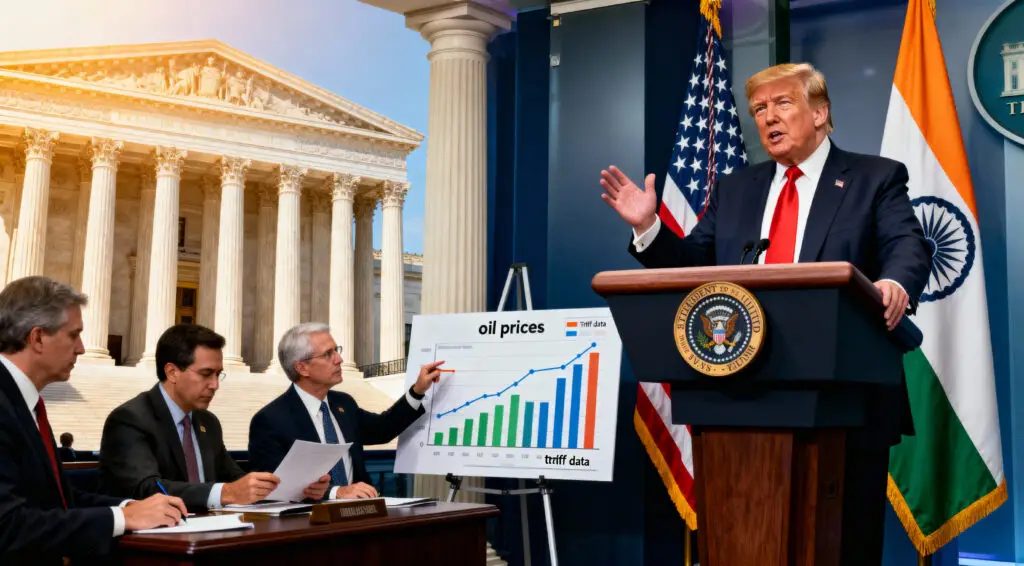Why XRP Stands Out in the Crypto Landscape
Investing $500 today might seem modest, especially when considering traditional assets like the S&P 500 index, which historically yields an average annual return of 10%, or $50 per year. However, the cryptocurrency industry offers the potential for significantly larger gains, albeit with higher volatility.
For investors willing to tolerate this increased risk, the payments-focused digital token XRP (CRYPTO: XRP) is emerging as an excellent long-term pick. XRP is currently securing regulatory wins in the U.S. and actively seeking to disrupt the market for international transactions, positioning itself as a compelling asset for those looking beyond conventional investments.
Easing Regulatory Climate in the U.S.
The regulatory climate for cryptocurrencies in the U.S. appears to be easing, particularly following Donald Trump’s presidential election victory, which sparked optimism on Wall Street. His administration has shown support for the digital asset industry, meeting or exceeding expectations with new legislation.
On July 18, Trump signed the Guiding and Establishing National Innovation for US Stablecoins (Genius) Act. This law aims to create a clear framework for issuing dollar-pegged stablecoins, which helps legitimize cryptocurrency as a mainstream asset class. This legislative shift encourages businesses and institutional investors to engage more confidently, alleviating fears of regulatory breaches and fostering broader adoption.
Navigating the SEC Lawsuit: A Path to Clarity
The Genius Act marks a significant departure from the previous administration’s climate, which was characterized by lawsuits and enforcement actions that stifled crypto adoption. XRP’s developer, Ripple Labs, was notably affected by this legal uncertainty. In 2021, Ripple lost its partnership with MoneyGram, a high-profile client, after the Securities and Exchange Commission (SEC) sued Ripple over alleged securities law violations. The case has now been largely resolved, with a crucial ruling stating that XRP is not classified as a security when sold to retail investors. While discussions about settling fines related to Ripple’s sales of XRP to institutional investors are ongoing, the overall outcome has provided much-needed regulatory clarity for XRP and the broader crypto market.
XRP’s Core Utility: Revolutionizing International Payments
XRP’s main selling point lies in its focus on real-world utility, particularly its aim to revolutionize the market for international payments. Unlike many cryptocurrencies that serve highly speculative or niche decentralized applications (dApps), XRP concentrates on the tangible need for efficient cross-border transactions. Its key advantages are speed and extremely low fees (just 0.00001 XRP per transaction), making it an ideal bridge currency between different fiat currencies.
For example, a person in the U.S. wanting to send money to Japan could buy XRP with dollars and then use that XRP to purchase Japanese yen, effectively bypassing slow and potentially costly traditional intermediaries. This efficiency positions XRP as a strong contender in the global remittance and payment landscape.
RLUSD Stablecoin: Enhancing XRP’s Ecosystem
To further enhance its utility and address the inherent volatility of a free-floating cryptocurrency, XRP’s developers at Ripple are actively expanding their ecosystem. In 2024, they launched their own dollar-pegged stablecoin called RLUSD. This stablecoin is designed to make the international payment process even smoother by removing the price volatility that can affect a bridge currency like XRP. Consumer use of RLUSD can indirectly benefit XRP because both tokens are built on the same network. Crucially, RLUSD transaction fees are paid with XRP, which is then removed from circulation (burned). This mechanism creates a direct link between the adoption of RLUSD and the demand for XRP, reinforcing XRP’s utility and potentially contributing to its long-term value appreciation.
Is It Too Late to Invest in XRP?
Despite its relatively small unit price of just $3.15 at the time of this writing, XRP holds a significant market position as the third-largest cryptocurrency, boasting a market capitalization of $187 billion. While this substantial size provides greater brand recognition and stability compared to smaller, more volatile assets, it also implies that investors should not anticipate a repeat of the explosive, parabolic returns XRP experienced in its earlier days. However, the adage “slow and steady often wins the race” may apply here. XRP has matured beyond the boom-and-bust cycles often associated with meme coins. Investors are encouraged to focus on its long-term growth potential, driven by easing regulatory pressures and compelling real-world use cases in the global payments sector.
Long-Term Growth Potential and Market Maturation
XRP’s trajectory suggests a move towards a more stable, utility-driven asset. Its ability to navigate complex regulatory challenges and its clear focus on solving real-world payment inefficiencies contribute to its long-term growth potential. The development of RLUSD further solidifies its ecosystem, creating a symbiotic relationship that benefits both the stablecoin’s stability and XRP’s utility.
As the cryptocurrency market continues to mature and regulatory frameworks become clearer, assets with strong fundamentals and practical applications, like XRP, are likely to gain further traction among both retail and institutional investors. This shift from speculative interest to utility-driven adoption is key to XRP’s sustained growth in the coming years.
XRP as a Strategic Investment
XRP presents a compelling case as a strategic cryptocurrency investment, particularly for those looking to deploy a modest sum like $500. Its ongoing regulatory clarity in the U.S., coupled with its established utility in international payments and the synergistic introduction of the RLUSD stablecoin, positions it for sustained long-term growth.
While past explosive returns may not be replicated, XRP’s maturation into a more stable, utility-focused asset makes it an attractive option. For investors seeking a digital asset that benefits from an easing regulatory environment and possesses tangible real-world use cases, XRP demonstrates significant potential to deliver steady, meaningful returns in the evolving cryptocurrency landscape.
Read more: XRP Surge South Korea’s Crypto Confidence Ignites















